Malware analysts have recently discovered the CryptoShield Ransomware and immediately decided to classify them as Ransomware because this malicious application attacks all valuable files from images to documents. Just like other similar infections that have been classified as Ransomware, makes them unusable, files as soon as it has successfully infiltrated the computer. Indeed, one of their main objectives is to encrypt the files by users. It was created by cyber criminals in a way that they can easily pull money out of your pocket to people. This Ransomware infection does not automatically transfer the money of the user at Cyberschurken. Instead, users transfer the money to the criminals, because is said to them, this is the only way to recover your files. The CryptoShield Ransomware the users immediately tells that they need to buy the private key, which, according to the this computer infection left file on a secret server is stored. Them will only say that they contact the creator of this threat, send a personal identification number and have to wait for further instructions. Undoubtedly, user will receive instructions on how you must deposit a certain amount of money to obtain the decryption key. Although it is said users that there is no other way to get their files freely, you should transfer money to the Cyberschurken rash never. Experts at 2-delete-spyware.com are strongly opposed to the transfer of money to the creators of malicious software because they are aware of the fact that they will receive the decryption key is probably not in Exchange for it. In addition, the support of malicious people always is a bad idea because they will never stop to create malware, when computer users give them anything they want.
Of course, users are not informed about entering the CryptoShield Ransomware, but they figure it out pretty quickly. They find out, as soon as you determine that all your personal files the new file name extension has been attached .cryptoshield, and discover new files containing the ransom demands. The two files # RESTORING FILES # .txt and # RESTORING FILES # .html contain identical messages, and they are placed immediately after the encryption process in drives with encrypted files. In it, users can find answers to all your questions. First is told that their RSA-2048 files were encrypted (a strong encryption algorithm that uses of Ransomware infections, can make sure that users cannot easily decrypt their files). Then, users find that they can decrypt their files only with the private software which has only the developer of the CryptoShield Ransomware. An E-Mail to the specified E-Mail addresses (restoring_sup@india.com, restoring_sup@computer4u.com, or restoring_reserve@india.com) with a unique ID that is specified at the end of the file, must be sent within 72 hours of the cyber criminals to get further instructions. As mentioned in the first section, explains most likely users, how you shall make a payment, and it is specified how much the amount of money is so that users who want to transfer money to the villains to do not bother need to write an email. Instead they should focus on deleting the CryptoShield Ransomware, to ensure that the files will be created in the future, are safe.
Do not hastily remove the encrypted files i.e. those who have the file name extension .cryptoshield. Perhaps they can be decrypted. Users who have a backup copy of important files, can easily restore these locked files after you have deleted the CryptoShield Ransomware. Since this computer infection clears no shadow volume copies of the files, it would be possible to restore at least some important files, which means that users should try out a free reliable data recovery software. If none of these methods work, it might be wise to keep all these encrypted files in a folder and to wait until experts create a free encryption tool. We cannot promise that it will really happen, but it should be made available one day.
Users should understand the main Ransomware dissemination methods, so it would be easier for them to stop Ransomware again to get into your computer. Malicious applications that encrypt the files by users, secretly penetrate on computer, but user, usually help them to get in their PCs, without even realizing it. People tend to open attachments from spam emails. Spam E-mail should be filtered out and get in a spam folder, but unfortunately this is not always the case, which is why E-Mail attachments should be checked with an anti-malware scanner, before they are opened. It is one of the most popular malware spreading methods, but it is not the only one used by cybercriminals. Ransomware infections could also pretend to be a valuable software and hiding on third-party Web sites. Also, these threats could be offloaded by malware, which are already on the computer, which means that it is important to keep the system clean.
To transfer the required money, does not mean that the Ransomware infection will be automatically removed from the computer. which means that you should still delete the CryptoShield Ransomware regardless of what you decide. Fortunately it makes no serious to changes on the computer, and it is known where she stores their executable, so it shouldn’t be hard to delete this computer infection, especially if the manual removal instructions (see below) is used, which has been prepared by security experts who work with 2-delete-spyware.com. If the removal of the malware is not for you, you use an automatic malware remover, which easily and quickly can take care of this threat.
Manually delete of the CryptoShield Ransomware
Warning, multiple anti-virus scanners have detected possible malware in CryptoShield Ransomware.
| Anti-Virus Software | Version | Detection |
|---|---|---|
| VIPRE Antivirus | 22224 | MalSign.Generic |
| McAfee-GW-Edition | 2013 | Win32.Application.OptimizerPro.E |
| Dr.Web | Adware.Searcher.2467 | |
| NANO AntiVirus | 0.26.0.55366 | Trojan.Win32.Searcher.bpjlwd |
| Qihoo-360 | 1.0.0.1015 | Win32/Virus.RiskTool.825 |
| Malwarebytes | v2013.10.29.10 | PUP.Optional.MalSign.Generic |
| McAfee | 5.600.0.1067 | Win32.Application.OptimizerPro.E |
| Baidu-International | 3.5.1.41473 | Trojan.Win32.Agent.peo |
| VIPRE Antivirus | 22702 | Wajam (fs) |
| ESET-NOD32 | 8894 | Win32/Wajam.A |
| K7 AntiVirus | 9.179.12403 | Unwanted-Program ( 00454f261 ) |
CryptoShield Ransomware Behavior
- Redirect your browser to infected pages.
- Common CryptoShield Ransomware behavior and some other text emplaining som info related to behavior
- CryptoShield Ransomware Deactivates Installed Security Software.
- Installs itself without permissions
- Integrates into the web browser via the CryptoShield Ransomware browser extension
- Shows Fake Security Alerts, Pop-ups and Ads.
CryptoShield Ransomware effected Windows OS versions
- Windows 10
- Windows 8
- Windows 7
- Windows Vista
- Windows XP
CryptoShield Ransomware Geography
Eliminate CryptoShield Ransomware from Windows
Delete CryptoShield Ransomware from Windows XP:
- Click on Start to open the menu.
- Select Control Panel and go to Add or Remove Programs.
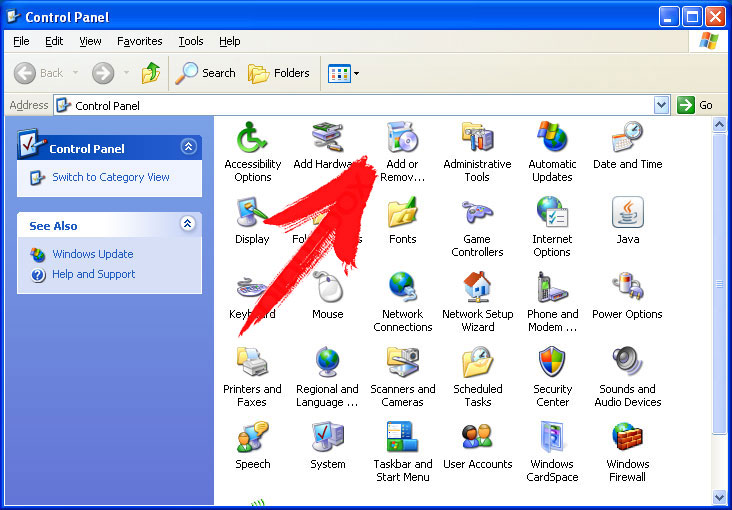
- Choose and remove the unwanted program.
Remove CryptoShield Ransomware from your Windows 7 and Vista:
- Open Start menu and select Control Panel.
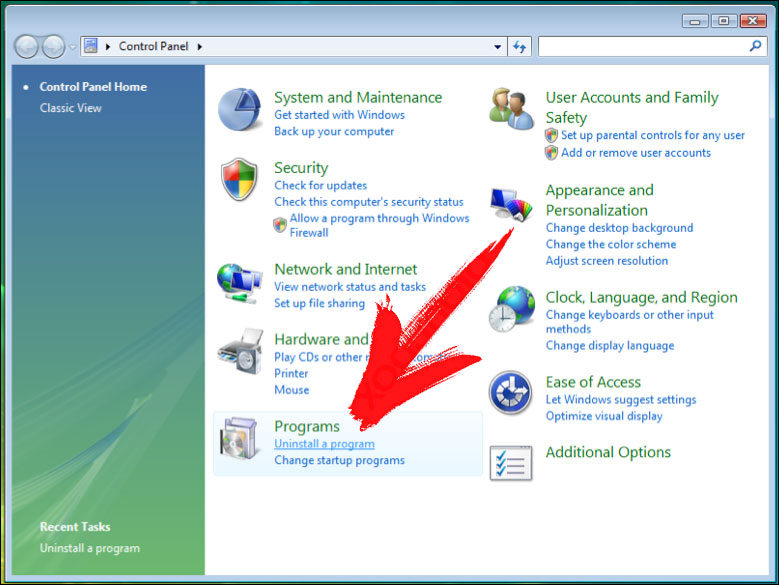
- Move to Uninstall a program
- Right-click on the unwanted app and pick Uninstall.
Erase CryptoShield Ransomware from Windows 8 and 8.1:
- Right-click on the lower-left corner and select Control Panel.
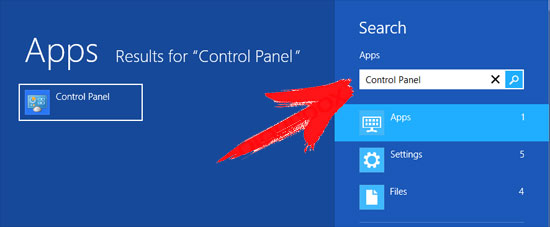
- Choose Uninstall a program and right-click on the unwanted app.
- Click Uninstall .
Delete CryptoShield Ransomware from Your Browsers
CryptoShield Ransomware Removal from Internet Explorer
- Click on the Gear icon and select Internet Options.
- Go to Advanced tab and click Reset.
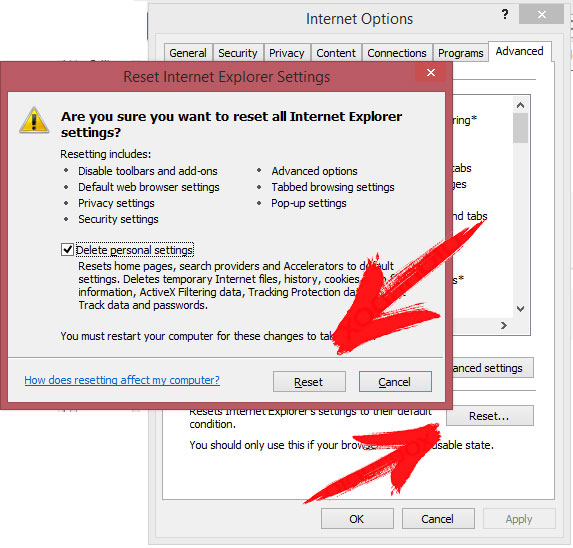
- Check Delete personal settings and click Reset again.
- Click Close and select OK.
- Go back to the Gear icon, pick Manage add-ons → Toolbars and Extensions, and delete unwanted extensions.
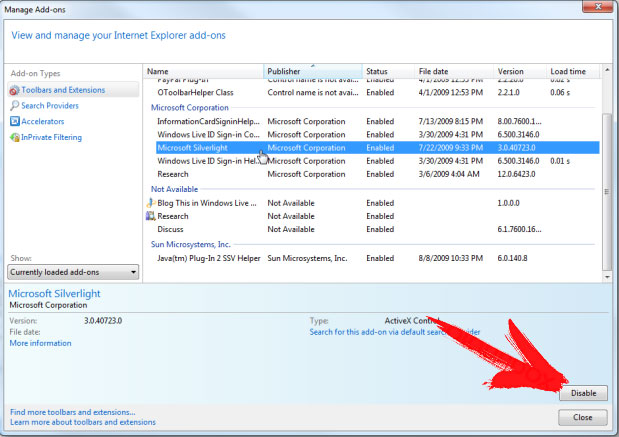
- Go to Search Providers and choose a new default search engine
Erase CryptoShield Ransomware from Mozilla Firefox
- Enter „about:addons“ into the URL field.
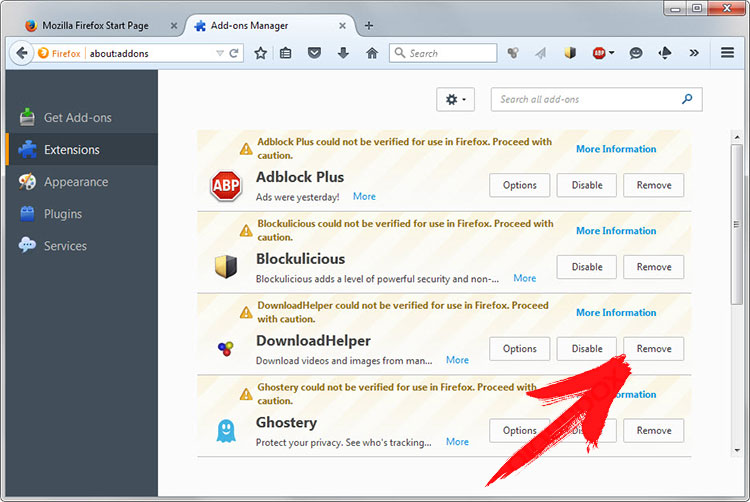
- Go to Extensions and delete suspicious browser extensions
- Click on the menu, click the question mark and open Firefox Help. Click on the Refresh Firefox button and select Refresh Firefox to confirm.
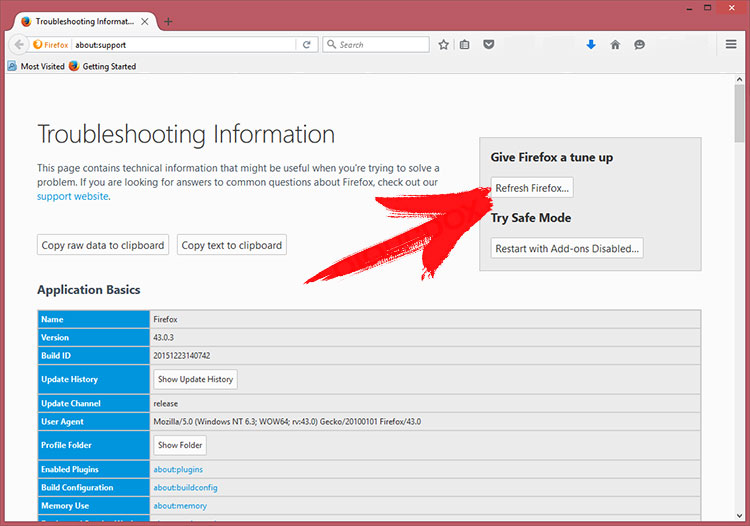
Terminate CryptoShield Ransomware from Chrome
- Type in „chrome://extensions“ into the URL field and tap Enter.
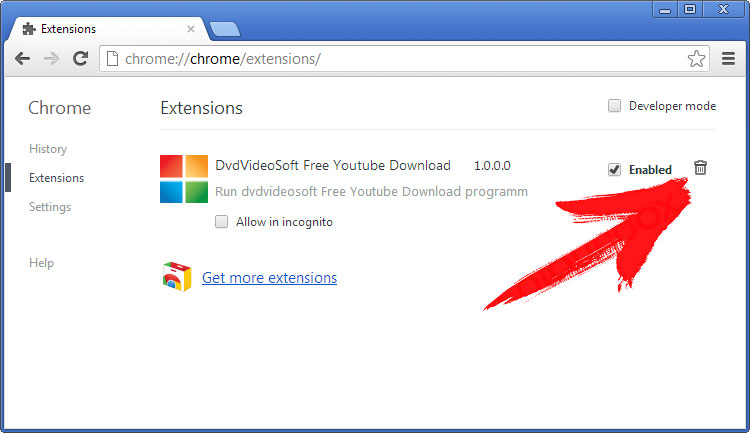
- Terminate unreliable browser extensions
- Restart Google Chrome.
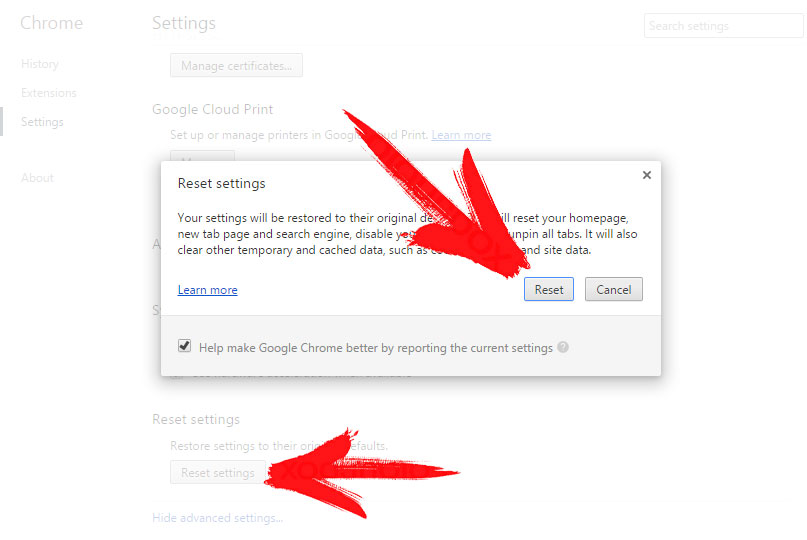
- Open Chrome menu, click Settings → Show advanced settings, select Reset browser settings, and click Reset (optional).